Asthma Cooperative Agreement Partner Profile – Indiana
The Indiana Asthma Control Program (IAP) has been part of CDC’s National Asthma Control Program since 2001. They work alongside partners to improve the quality of asthma care, improve asthma management in schools, and foster policies to help reduce exposure to asthma triggers in outdoor, indoor, and workplace environments.
Strategies in Action
- The Parkview Health Emergency Department (ED) Asthma Education and Management Program was developed to provide asthma self-management education (AS-ME) and environmental asthma management services to patients who have had at least one encounter with emergency services due to asthma. Parkview Health’s program served 1,646 clients during year 3 of the funded period. The program provided 365 participants with tobacco programming and 632 participants with smoking cessation resources; 104 home visits were conducted through the Nicotine Free for Baby and Me (NFBM), and four Freedom from Smoking (FFS) clinics were conducted. About 57% of participants were reported to have had an ED or inpatient hospitalization stay due to their asthma, paid through a Medicaid plan. Various referrals were provided to participants such as to a primary care physician, to NFBM, to medication assistance, to insurance assistance, and to FFS programming.
- The Marion County Public Health Department Asthma Program, Breathe Easier, helps clients control their asthma through educational tools and resources, trigger-reduction supplies, and asthma home environmental assessments. A referral is made to the program and a free asthma home environmental assessment is conducted, providing asthma and green cleaning education and resources, a home inspection to identify common asthma triggers, and education and toolkits to help participants reduce exposure to triggers or eliminate triggers within the home. In 2020, 27% of participants reported well-controlled asthma after the home environmental assessment, and the average case length was between 0 to 4 months resulting in completion of 69 asthma home environmental assessments. In 2020, 72% of participants referred were children and adolescents under the age of 18, and 84% of participants identified as African American/Black.
- The IAP is expanding asthma home visiting services statewide. The environmental manager (EM) receives requests for home assessments from healthcare providers, local health departments, and directly from parents or caregivers of children with poorly controlled asthma. The home assessments are conducted utilizing the Home Visitor Assessment Checklist created by CDC, the Environmental Protection Agency, and the U.S. Department of Housing and Urban Development (HUD). They also use air sampling in areas with visible mold or moisture issues. A report of findings, along with resources as appropriate, are provided to the family to return to their provider for further discussion. IAP follows up with families within 3 months of the visit to determine if additional resources could be offered. The EM currently works to train local health department personnel to conduct home-based asthma trigger assessments and develop their own program. From initial implementation of the program in 2022, the EM received referrals for home-based asthma trigger assessments in seven counties, worked directly with four county local health departments to train environmental personnel, and facilitated the development of a comprehensive home-based asthma services program in two additional counties.

Asthma by the numbers:
530,859 Adults with asthma
99,605 Children with asthma
In 2021, approximately 530,859 Indiana adults (10.2% of the adult population) had asthma, and approximately 99,605 Indiana children ages 0-17 years (6.3%) had it.
18,173 ER visits
1,792 Hospitalizations
In 2021, there were 18,173 emergency department (ED) visits and 1,792 hospitalizations due to asthma in Indiana.
National Asthma Control Program: EXHALE
E
on asthma self-management
X
smoking and exposure to secondhand smoke
H
visits for trigger reduction and asthma self-management education
A
of guidelines-based medical management
L
and coordination of care across settings
E
policies or best practices to reduce asthma triggers from indoor, outdoor, or occupational sources
CDC’s National Asthma Control Program (NACP) and its partners help people with asthma achieve better health and improved quality of life. NACP developed EXHALE, a set of six public health strategies that each contribute to better asthma control.
Each EXHALE strategy has been proven to reduce asthma related hospitalizations, emergency department visits, and healthcare costs. Using the EXHALE strategies together in a community can have the greatest impact.


